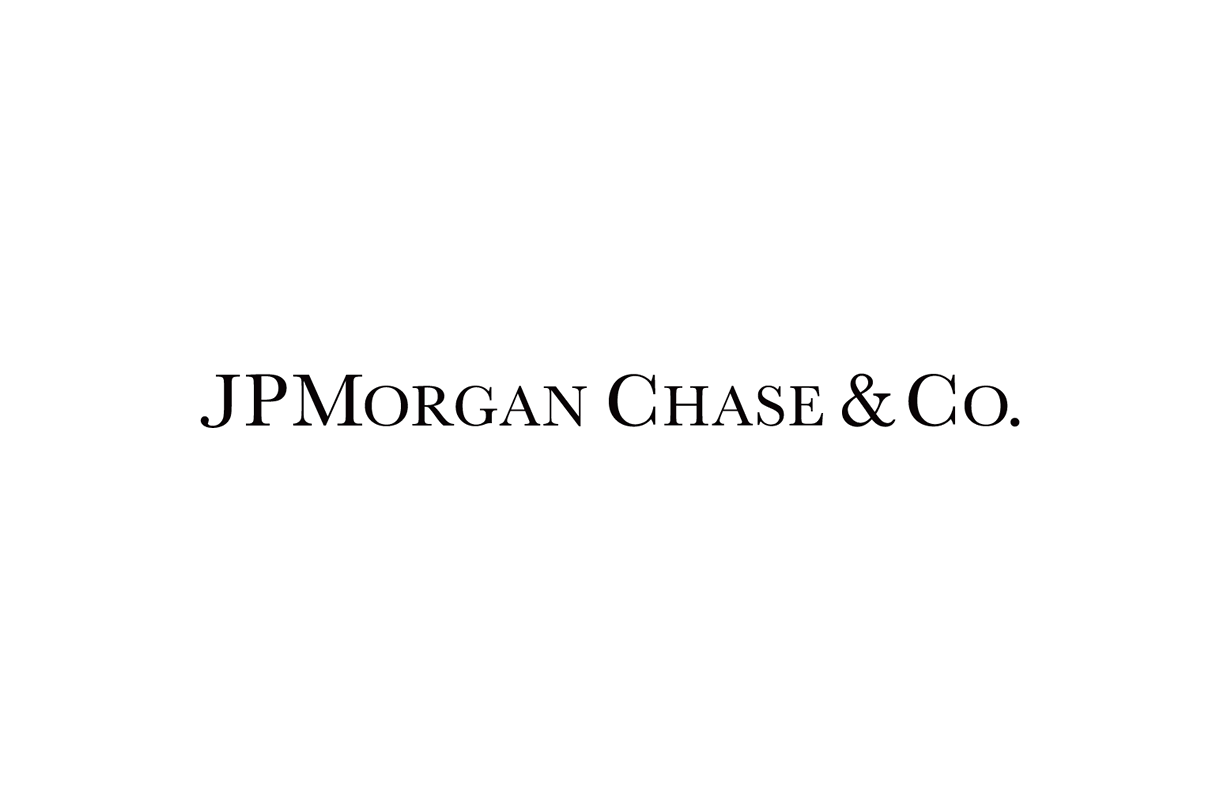by Russ Koesterich, CFA, Blackrock
Recent data show a slowing economy, but no recession. Russ discusses how to position a portfolio in this environment.
Despite the recent weakening in U.S. survey data, a recession is not imminent; a slowdown is. The September ISM surveys, both manufacturing and non-manufacturing, sent a clear signal: The economy continues to decelerate.
The question for investors now is how to best protect their portfolios?
The slowdown is not just evident in the economic data, but also in expectations, both explicit and implicit. Since the peak last November, economist expectations for 2020 GDP have fallen by roughly 0.30%. Beyond economist forecasts, investors can simply look at what the bond market is saying. Since mid-July, U.S. long-term interest rates have fallen by over 50 basis points (bps, or 0.50% points).
Growth down, volatility up
As growth expectations have slowed, volatility has risen. Volatility, as measured by the VIX Index, averaged 13 in July but rose to 17.5 during the past two months.
As I’ve discussed in previous blogs, a modest rise in volatility is what you should expect when growth slows. Easier financial conditions have kept a lid on volatility rising much above 20, but slowing growth will generally result in some modest increase in volatility.
If slow growth and recession fears are driving investor angst, the multi-asset playbook is fairly straightforward: Emphasize U.S. Treasuries and, to the extent real or inflation-adjusted rates stay low, some gold.
What about equities?
While the knee-jerk reaction may be to simply abandon stocks, equities can still produce decent returns in a non-recessionary slowdown. The challenge is to pick the right type.
Looking at the last 12 months, a period characterized by falling growth expectations, the best performing equity styles in the United States have been low volatility, with quality a distant second. What about value? It is down about 8%, well below the other style factors.
This pattern is consistent with the post-crisis norm. Since 2010, U.S. value has generally under-performed the broader market when the ISM Survey was below 50 and falling (see Chart 1). During these periods low volatility stocks have generally outperformed the market, by an average of nearly 2% a month.
In one sense this seems counter-intuitive. Shouldn’t cheap valuations protect you in a downturn? The problem with this line of reasoning: Value is harder to assess when growth slows. In this scenario, earnings–the “E”, in the P/E–become uncertain, particularly for more cyclical companies. Instead, investors prefer the safety of less volatile and higher quality companies.
To be clear, a weak and falling ISM need not lead to a recession. In fact, since the start of the recovery the ISM has dropped below 50 on 12 occasions, none of which culminated in a recession. That said, even in the absence of a formal recession slowing growth suggests over-weighting less volatile and higher quality companies. As for value? The best time to own value the style is at the bottom. Unfortunately, it is not clear we’re there yet.
Russ Koesterich, CFA, is a Portfolio Manager for BlackRock’s Global Allocation Fund and is a regular contributor to The Blog.
Investing involves risks, including possible loss of principal.
This material is not intended to be relied upon as a forecast, research or investment advice, and is not a recommendation, offer or solicitation to buy or sell any securities or to adopt any investment strategy. The opinions expressed are as of October 2019 and may change as subsequent conditions vary. The information and opinions contained in this post are derived from proprietary and nonproprietary sources deemed by BlackRock to be reliable, are not necessarily all-inclusive and are not guaranteed as to accuracy. As such, no warranty of accuracy or reliability is given and no responsibility arising in any other way for errors and omissions (including responsibility to any person by reason of negligence) is accepted by BlackRock, its officers, employees or agents. This post may contain “forward-looking” information that is not purely historical in nature. Such information may include, among other things, projections and forecasts. There is no guarantee that any forecasts made will come to pass. Reliance upon information in this post is at the sole discretion of the reader. Past performance is no guarantee of future results. Index performance is shown for illustrative purposes only. You cannot invest directly in an index.
©2019 BlackRock, Inc. All rights reserved. BLACKROCK is a registered trademark of BlackRock, Inc., or its subsidiaries in the United States and elsewhere. All other marks are the property of their respective owners.
USRMH1019U-981814-1/1
This post was first published at the official blog of Blackrock.
















